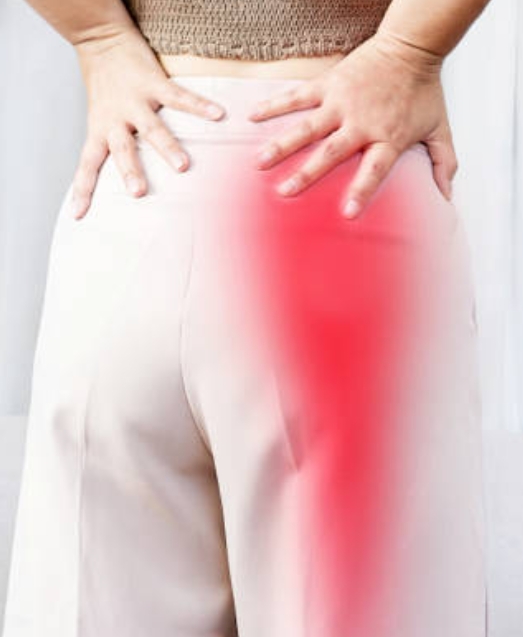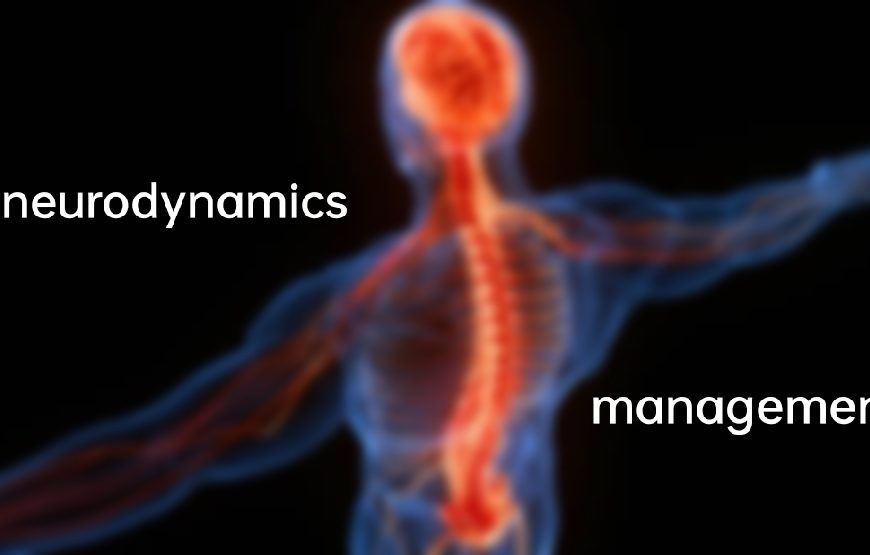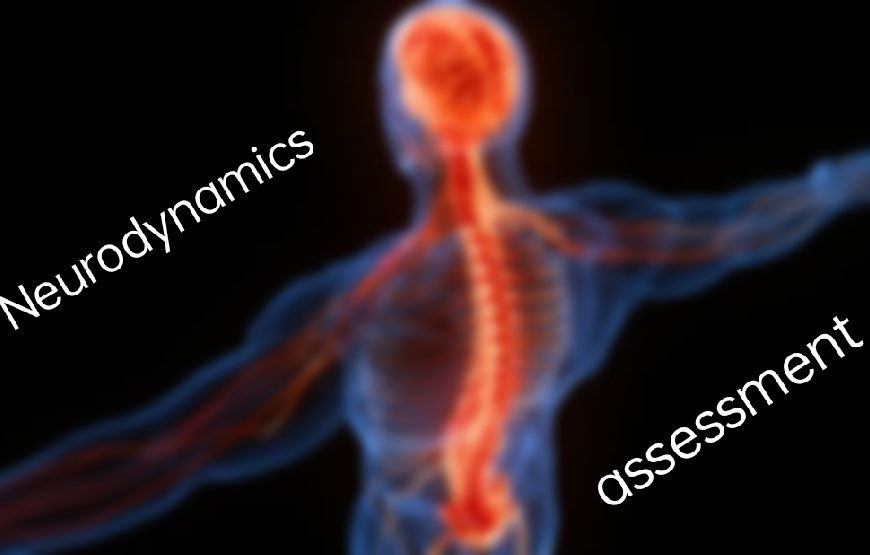
Understanding Radicular Pain: Pathophysiology and Potential Treatments
Radicular pain is caused by stimulation of the sensory root or dorsal root ganglion (DRG) of a spinal nerve (Merskey et al., 2007). Radicular pain differs from nociceptive pain in that it is caused by neural activity in the dorsal root rather than stimulation of peripheral nerve ends. As a result, it is distinct from both somatic pain and somatic-referred pain. Furthermore, radicular discomfort is … Continue reading Understanding Radicular Pain: Pathophysiology and Potential Treatments

